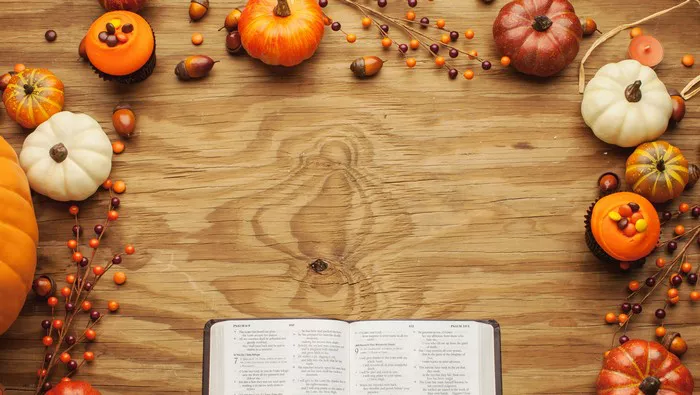The tradition of Thanksgiving in the United States is deeply ingrained in the nation’s history and culture. It is a time when families and friends gather to express gratitude for the blessings of the past year and to enjoy a festive meal together. While modern Thanksgiving celebrations often revolve around turkey, cranberry sauce, and pumpkin pie, the origins of this holiday trace back to a much simpler and more solemn event: the first Thanksgiving in 1621.
The Pilgrims’ Journey and Settlement
To understand the purpose of the first Thanksgiving, it is crucial to delve into the historical context of the time. In the early 17th century, a group of English Separatists known as the Pilgrims sought religious freedom and fled persecution in their homeland. After a challenging voyage across the Atlantic Ocean aboard the Mayflower, they arrived at what is now Plymouth, Massachusetts, in December 1620.
The Pilgrims faced numerous hardships upon their arrival in the New World. Harsh weather, unfamiliar terrain, and disease took a heavy toll on their small community. By the following spring, nearly half of the original Mayflower passengers had perished. Despite these adversities, the surviving Pilgrims persevered, building homes and establishing a settlement in the wilderness.
The First Harvest
In the autumn of 1621, after their first successful harvest in the New World, the Pilgrims decided to hold a celebration to give thanks to God for their survival and for the abundance of food they had reaped. They invited neighboring Native American tribes, including the Wampanoag, to join them in their festivities.
The Wampanoag, led by Chief Massasoit, had played a crucial role in helping the Pilgrims adapt to their new environment. They had taught the settlers essential skills such as farming, fishing, and hunting, which were essential for their survival in the rugged wilderness of New England.
A Feast of Gratitude and Unity
The first Thanksgiving celebration lasted for three days and was a time of feasting, prayer, and fellowship. The exact menu of the meal is not well-documented, but historical accounts suggest that it likely included a variety of foods such as venison, wild fowl, fish, corn, and other vegetables.
The gathering was not merely a lavish banquet but also a symbolic gesture of unity and cooperation between the Pilgrims and the Native Americans. It served as an opportunity for the two communities to set aside their differences and come together in mutual respect and gratitude.
Spiritual Significance
Beyond its practical purpose as a harvest festival, the first Thanksgiving held profound spiritual significance for the Pilgrims. For them, it was a sacred occasion to acknowledge the providence of God and to offer Him thanks for His blessings and protection.
The Pilgrims viewed their survival and success in the New World as a divine providence, a sign of God’s favor and guidance. The first Thanksgiving was thus a solemn expression of their faith and devotion, as they gathered to worship and give thanks in the midst of their trials and tribulations.
Cultural Exchange
The first Thanksgiving also marked the beginning of a cultural exchange between the Pilgrims and the Native American tribes. During the celebration, the two groups shared not only food but also stories, traditions, and customs, enriching each other’s lives and fostering a sense of understanding and respect.
For the Pilgrims, the encounter with the Native Americans was a humbling reminder of their dependence on others for survival in the harsh wilderness. It challenged their preconceived notions and expanded their worldview, laying the foundation for future interactions between European settlers and indigenous peoples in North America.
Legacy of Thanksgiving
The first Thanksgiving may have been a modest affair compared to modern-day celebrations, but its significance cannot be overstated. It set a precedent for the annual observance of Thanksgiving as a time of reflection, gratitude, and unity.
Over the centuries, Thanksgiving has evolved into a national holiday celebrated by people of diverse backgrounds and beliefs across the United States. While the traditions associated with the holiday may vary from one family to another, its core values of gratitude, generosity, and community remain timeless.
Conclusion
In conclusion, the purpose of the first Thanksgiving was multifaceted. It was a celebration of the Pilgrims’ survival and success in the New World, a gesture of gratitude toward God and the Native American tribes who had aided them, and a symbolic expression of unity and cooperation between different cultures.
As we gather with our loved ones to celebrate Thanksgiving each year, let us remember the humble origins of this holiday and the values it represents. May we continue to give thanks for our blessings, to cherish the bonds of family and friendship, and to strive for a world where all people can live together in peace and harmony.

